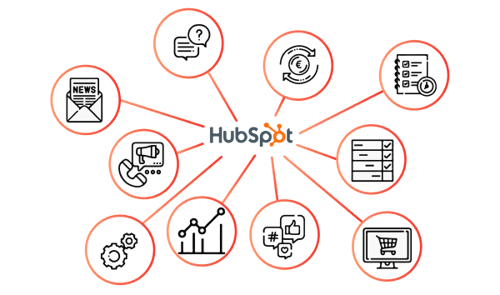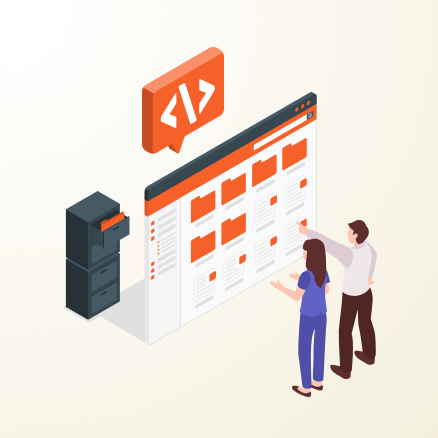Website Development
UNDERSTANDING INTEGRATIONS IN HUBSPOT: NATIVE INTEGRATIONS vs. APIs
Posted By On the fuze, Jun 29, 2023 10:40:05 PM

Stay updated on all things HubSpot automation, website development and design by following our blog posts.
As technology continues to evolve, businesses are constantly looking for ways to streamline their processes and improve efficiency.
One way to achieve this is through integrations. They play a vital role in achieving efficiency by seamlessly connecting different softwares and platforms.
In this blog post, we will delve into the world of integrations in HubSpot, focusing on two key types: native integrations and APIs. By understanding the difference between them, you can make an informed decision on optimizing your business.
So, what are integrations?
Integrations, in the context of software applications, refer to the connections established between two or more systems to enable the sharing of data and functionality.
Within HubSpot, integrations are categorized as native or API-based.
Native Integrations in HubSpot

Native integrations are pre-built solutions developed and maintained by HubSpot. These integrations are specifically designed to work seamlessly with HubSpot's core features, such as contacts, deals, and marketing automation; and are often included in the pricing.
With native integrations, you can effortlessly connect HubSpot with popular third-party applications. These include, but aren't limited to integrations with Salesforce, Shopify, and Zoom.
These integrations offer a streamlined experience with minimal setup requirements, making them accessible to users without extensive technical expertise. However, they may have limited functionality and may not be customizable to fit your specific needs.
APIs and Custom Integrations
.png)
Application Programming Interfaces (APIs) are a set of protocols and tools for building software applications.
They allow different applications to communicate with each other, even if they were not originally designed to do so.
APIs are often used to create custom integrations between different software applications.
APIs are more flexible than native integrations. They act as bridges, enabling developers to access and manipulate data within HubSpot, as well as create custom functionality beyond the scope of native integrations.
They can be customized to fit your specific needs and tend to have more functionality, as they can be designed to do specific tasks.
However, implementing and maintaining API-based integrations typically requires technical expertise and development resources.
When to Use Native Integrations vs. APIs?

So, when should you use native integrations vs. APIs? The key distinction between native integrations and APIs lies in their development and maintenance.
Native integrations, developed and maintained by HubSpot, offer simplicity and seamless compatibility, making them ideal for users without advanced technical skills.
On the other hand, APIs provide unmatched flexibility, enabling businesses to create custom integrations tailored to their specific requirements. However, they also demand more technical expertise; the potential for customization makes them an invaluable tool for businesses with unique integration needs.
Ultimately, the choice will depend on your specific needs, business goals and resources.
If you're looking for HubSpot Experts to ensure you’re getting the most efficiency out of the tool, contact us to learn more! , the choice will depend on your specific needs, business goals and resources.
Related Post

